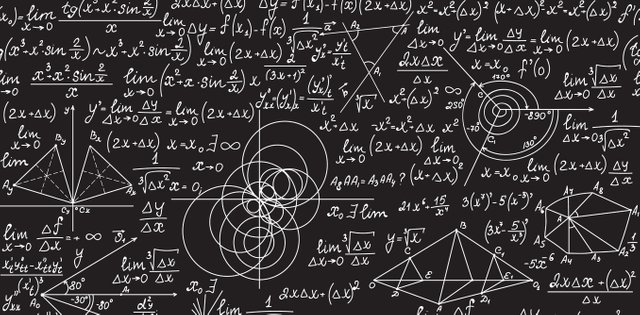The Lawson Criteria -- Nuclear Fusion

The Lawson Criteria
In 1955, a young engineer working on nuclear fusion decided how hard the task of terrestrial fusion would really be. His name was John Lawson. He said that 3 conditions had to be fulfilled in order have a bigger energy output than input: these are the Lawson-criteria. The 3 conditions are: Temperature (T), particle density (n) and energy confinement time (τ). Since 1955 little has been changed about these criteria, but today it’s sometimes referred to as the “triple product” nτT.
The amount of energy that is released depends on the amount of collisions and fusions – the amount of collisions depends on the amount of particles in a given volume – thus we have n, the particle density. This is the first criterion and luckily, we have no problem achieving the necessary particle density with today’s technology. We can reach very high particle densities without much problems, but there is another side to the coin. When 2 charged particles, like an electron and a nucleus, collide, the fastest moving particle slows down. To obey the law of conservation of energy, the kinetic energy that was lost has to be converted into some other form of energy. In this case – a photon. These released photons are electromagnetic radiation and the phenomenon is called “Bremsstrahlung”. The higher the particle density, the more energy in the plasma is radiated away. Thus, there is an optimum-density where Bremsstrahlung is not dominant and where energy can be harvested very efficiently. If we calculate this density, we get something that’s extremely low: about a million times less dense than air.
Although the density might be low, the collisions between hydrogen nuclei have to be at a sufficiently high temperature. If the temperature isn’t high enough, the 2 positive nuclei can’t beat the electromagnetic force, as we’ve seen in a previous chapter. Kinetic energy equals temperature: the second criterion. There is another limit though: if the particles are moving too fast, the time that they’re close enough together to actually fuse decreases. “Bremsstrahlung” also plays a role again when the temperature is too high. The optimum temperature can be found somewhere between a 100 and 200 million degrees. With the technology we have today, like neutral beam injection and radio-frequency heating, that isn’t too big of a challenge anymore.
If these 2 criteria are fulfilled, nuclear fusion can occur. But to really gain a substantial amount of energy a third criterion has to be respected: the energy confinement time in the plasma. This is literally the amount of time the energy stays in the plasma before it is released, and it’s here that the most scientific advancements have been made. In Lawson’s time this was only microseconds, JET (Joint European Torus) achieved about a second and ITER (International Thermonuclear Experimental Reactor) is set to achieve about 5 seconds.
Thanks for reading part 6 of the thread on Nuclear Fusion! Now that we've covered the boring theoretical stuff, let's talk about an actual fusion reactor. Until next post!